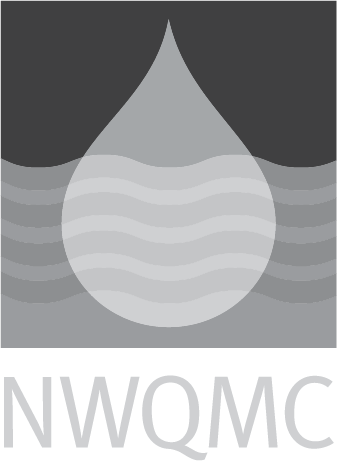USGS-NWQL: O-2136-01: Glyphosate, Aminomethylphosphonic Acid, and Glufosinate in Water by Liquid Chromatography/Mass Spectrometry
|
Official Method Name
|
Methods of Analysis by the U.S.G.S. Organic Geochemistry Research Group:Determination of Glyphosate, Aminomethylphosphonic Acid, and Glufosinate in Water Using Online Solid-Phase Extraction and High-P |
|---|---|
|
Current Revision
| 2001 |
|
Media
|
WATER |
|
Instrumentation
|
Liquid Chromatography with Tandem Mass Spectrometry |
|
Method Subcategory
|
Organic |
|
Method Source
|
|
|
Citation
|
Lee, E.A., Strahan, A.P., and Thurman, E.M., Methods of Analysis by the U.S. Geological Survey Organic Geochemistry Research Group -- Determination of Glyphosate, Aminomethylphophonic Acid, and Glufosinate in Water Using Online Solid-Phase Extraction and High-Performance Liquid Chromatography/Mass Spectrometry, U.S.Geological Survey Open-File Report 01-454, 17 p. |
|
Brief Method Summary
|
Water samples are filtered at the collection site using glass-fiber filters with nominal 0.70-um pore diameter to remove suspended particulate matter. In the laboratory, 10 mL of sample(s) are dispensed into two labeled, 19-mL, screw-capped plastic tubes. The samples in the tube labeled "standard addition" is fortified with 1 ug/L of each compound to be analyzed. Internal standard solutions are added to both tubes, the sample is buffered to pH 9.0 by adding borate buffer, and after mixing, a solution of FMOC is added to all tubes. Derivatization is carried out in the dark in a water bath at 40oC. After 24 hours, the reaction is stopped and stabilized by adding 2% phosphoric acid. All tubes are stored in the dark until analyzed. A 5.5-mL aliquot of each sample and the matching standard-addition sample are diluted 1:1 with reagent water in autosampler vials, capped, and placed in the tray of the autosampler. The autosampler provides the sample loading for the automated, online SPE system. The SPE cartridge is conditioned with methanol and reagent water. 10 mL of the diluted sample are loaded onto the cartridge. After a 500-uL reagent-water rinse, the cartridge is placed into the flow path of the liquid chromatograph (LC) preceding the column. The conditions and gradient of the mobile phase are set to elute the compounds of interest and leave the excess derivatization reagent on the cartridge. The sample's compounds are separated by the LC column and detected by the mass spectrometer (MS). Compounds are identified by comparing retention times with the retention times of the standard-addition sample and further by comparison of the selected fragment ions. The concentration of each compound is calculated by determining the ratio of the same compound in the standard-addition sample minus the ratio of the sample. The sample and standard-addition sample are analyzed sequentially, using the same method and instruments. |
|
Scope and Application
|
The method using HPLC/MS and online SPE is suitable for the determination of low concentrations (in micrograms per liter) of glyphosate, AMPA, and glufosinate in water samples. Because suspended particulate matter is removed by filtration, the method is suitable only for dissolved-phase compounds. The calibration range for the method is equivalent to concentrations from 0.1 to 2.0 ug/L without dilution. |
|
Applicable Concentration Range
|
0.1-2.0 |
|
Interferences
|
|
|
Quality Control Requirements
|
The QC samples include at least one of each of the following: blanks, quality control samples, replicates, and spikes. If all of the data-acceptance criteria in the SOPs are met, then the analytical data are acceptable. |
|
Sample Handling
|
Filter through 0.7-um glass-fiber filter. Filters are preconditioned with about 200 mL of sample prior to filtration of the sample. Collect filtrate into baked 125-mL amber glass bottles with Teflon-lined lids. Chill immediately and ship to laboratory within 3 days of collection. Keep chilled at 4oC until derivatized and analyzed. |
|
Maximum Holding Time
|
|
|
Relative Cost
|
|
|
Sample Preparation Methods
|




